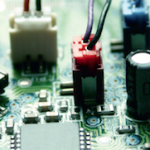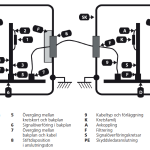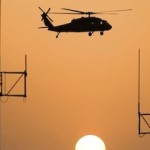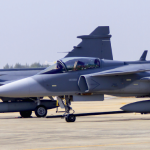In certain applications it is of highly importance to be able to identify unintentional pulsed interference sources. One reason is that this kind of interference can cause severe performance degradation of modern digital wireless communications. In this paper we show that pulsed interference sources can be identified by standard radiated emission measurements performed in the frequency domain.










